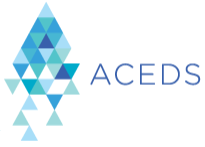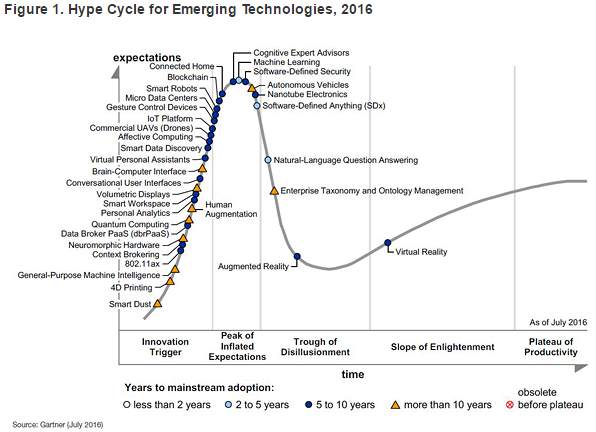Norton Rose Fulbright’s New Annual Survey Shows More Cross-Border Discovery & Alternative Fee Arrangements: eDiscovery Trends
According to Norton Rose Fulbright’s Litigation Trends Annual Survey for 2016 released last week, eDiscovery is “increasingly painful and costly to manage, particularly considering the growth of cross-border discovery”. Interestingly, however, more respondents are now using alternative fee arrangements (AFAs) and in a higher proportion of the litigation work they carry out, with a whopping 97% satisfied with the work conducted under an AFA.
Here are some other interesting statistics from the report:
RESPONDENT PROFILE
Here is a profile of the respondents in the survey.
- There were 606 total corporate counsel participants (way down from 803 a year ago), 79% of which were either General Counsel (47%), Deputy GC (21%) or Head of Litigation (11%). 44% of respondents were from the US, down from 52% a year ago.
- Over half (57%) of the companies surveyed, were billion dollar companies with $1 billion or more in gross revenue, with all but 11% having revenues of at least $100 million.
- The respondents were quite evenly distributed among industries, with Financial Institutions (24%), Technology and Innovation (22%) and Energy (17%) the top three industries participating.
LITIGATION TRENDS
The report provided some interesting findings with regard to the number and distribution of cases as well as corporate litigation budgets.
Litigation Case Counts and Distribution
- 47% of all respondents indicated that more than 5 lawsuits/proceedings were commenced against them last year, up from 42% last year. As was the case in 2015, 13% of all respondents indicated that more than 50 lawsuits/proceedings were commenced against them last year. Only 19% of respondents indicated that they had no disputes, down from 25% a year ago.
- Respondents were given a list of categories of pending litigation their companies faced over the past 12 months, and asked to select the top three. Contracts (40%) and Labor/Employment (39%) matters once again received the most selections from respondents, with Regulatory/Investigations a distant third at 19%. Contracts (42%), Labor/Employment (35%) and Regulatory/Investigations (35%) were also the types of legal disputes that most concerned companies.
- 24% of all respondents expected the number of legal disputes for their company to increase over the next 12 months, down 1% from a year ago.
EDISCOVERY TRENDS
The report showed rises in respondents using technology assisted review and also in respondents conducting cross-border discovery. Also a clear majority of respondents still rely on self-preservation to fulfill preservation obligations for at least some cases.
Cross-Border Discovery
- 41% of respondents have conducted cross-border discovery within the last 12 months, a jump of six percent over last year. The number of respondents that conduct cross-border discovery in at least half of their cases doubled to 14%.
Technology Assisted Review
- 60% of all respondents are using technology assisted review for at least some of their matters, up 3% from a year ago. 66% of respondents use it in the US, as opposed to only 46% in the UK (despite the first cases approving predictive coding in England).
- 79% of larger companies surveyed use technology assisted review, up from 43% two years ago.
- Of those companies utilizing technology assisted review, 29% use it in half or more of their matters.
Mobile Device Preservation and Collection
- 49% of overall respondents had to preserve and/or collect data from a mobile device, a drop of 4% from last year. 19% of all respondents reported having to preserve and/or collect data from a mobile device in at least half of their matters.
Self-Preservation
- Overall, 73% of respondents rely on individuals preserving their own data (i.e., self-preservation) in at least some of their cases, with 59% relying on self-preservation in at least half of their cases (both numbers down only 1% from a year ago).
There are plenty more interesting stats and trends in the report, which is free(!) once again. To access this year’s report, click here.
So, what do you think? Do any of those trends surprise you? Please share any comments you might have or if you’d like to know more about a particular topic.
Disclaimer: The views represented herein are exclusively the views of the author, and do not necessarily represent the views held by CloudNine. eDiscovery Daily is made available by CloudNine solely for educational purposes to provide general information about general eDiscovery principles and not to provide specific legal advice applicable to any particular circumstance. eDiscovery Daily should not be used as a substitute for competent legal advice from a lawyer you have retained and who has agreed to represent you.








